Search
Did you mean: Mythology?
Search Results
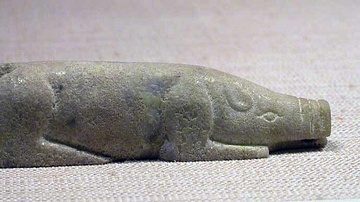
Article
Pigs in Ancient China
Pigs (sometimes called “suids” of the suidae family) have long played an important part in Chinese culture. Pigs symbolize good fortune and happiness as they seem to live a care-free existence and have a long relationship with the humans...

Article
Ten Ancient Egypt Facts You Need to Know
Ancient Egypt is defined as the civilization which flourished in North Africa between c. 6000-30 BCE – from the Predynastic Period in Egypt (c. 6000 - c. 3150 BCE) through the Ptolemaic Dynasty (323-30 BCE) before Egypt became a province...

Article
Liangzhu Culture Jade
Jade artifacts and icons are almost synonymous with the Chinese culture going back thousands of years. Jade (nephrite) was first worked into recognizable objects c. 6000 BCE during the period of the Houli Culture (c. 6500 - c. 5500 BCE...
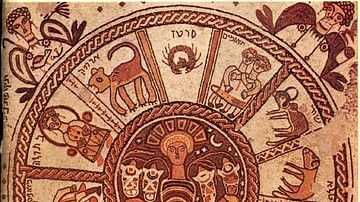
Article
Old Testament Pseudepigrapha
The Old Testament Pseudepigrapha are the non-canonical writings of Judaism and Christianity, ranging from the 5th century BCE to the 9th century CE. Pseudepigrapha comes from a Greek noun denoting writings with a false superscription or name...

Article
Jesuit Influence on Post-medieval Chinese Astronomy
Ancient China had seen little Western contact before the 16th century CE, the language, culture and science all being allowed to develop independently of foreign influence. By the time European Jesuit missionaries arrived in the 16th century...
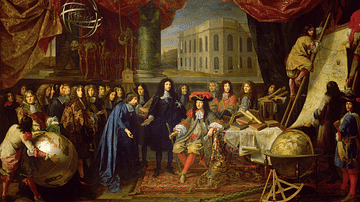
Article
Observatories in the Scientific Revolution
The foundation of observatories during the Scientific Revolution (1500-1700) followed a process of evolution from entirely independent observatories operated by a single astronomer to private observatories which received state or private...
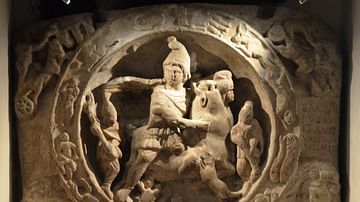
Article
Visiting the London Mithraeum - Going Underground in Ancient Londinium
London, the proud capital of the United Kingdom, is visited by millions of tourists every year and is famous for its rich history and historical landmarks. Magnificent castles, medieval prisons, art and history museums as well as countless...
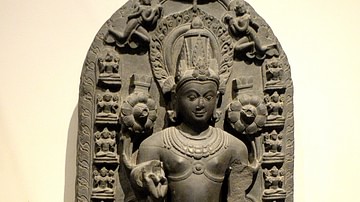
Image
Surya Stele
Surya (the supreme light) was the chief solar deity in Hinduism; he also represents the Sun in India and Nepal. He is one of the core elements of Hindu astrology; Surya was the chief of Navagraha and the Classical Planets. He had 3 wives...

Video
Mount Nemrut and the God King of Commagene
Mount Nemrut is a monumental site belonging to the Kingdom of Commagene, a small, independent Armenian kingdom that was formed in 162 BCE. This was a period during which the once mighty Seleucid Empire was beginning to disintegrate, allowing...

Video
The History of Astronomy in the Ancient World
The history of astronomy in the Ancient World can be traced back thousands of years, and well before the Ancient Greek philosophers famously worked on it. It is generally agreed that the discipline of astronomy began in the region of Mesopotamia...